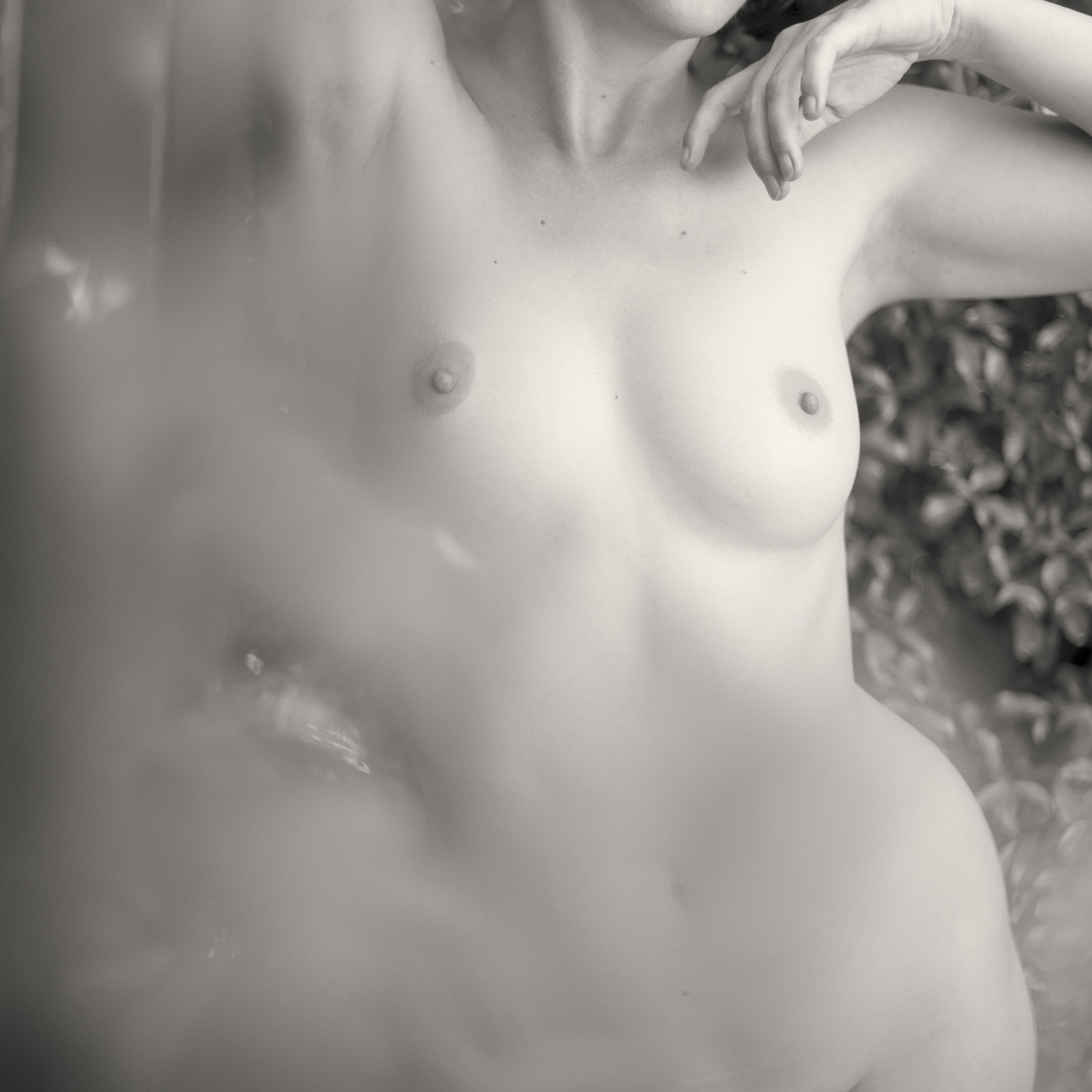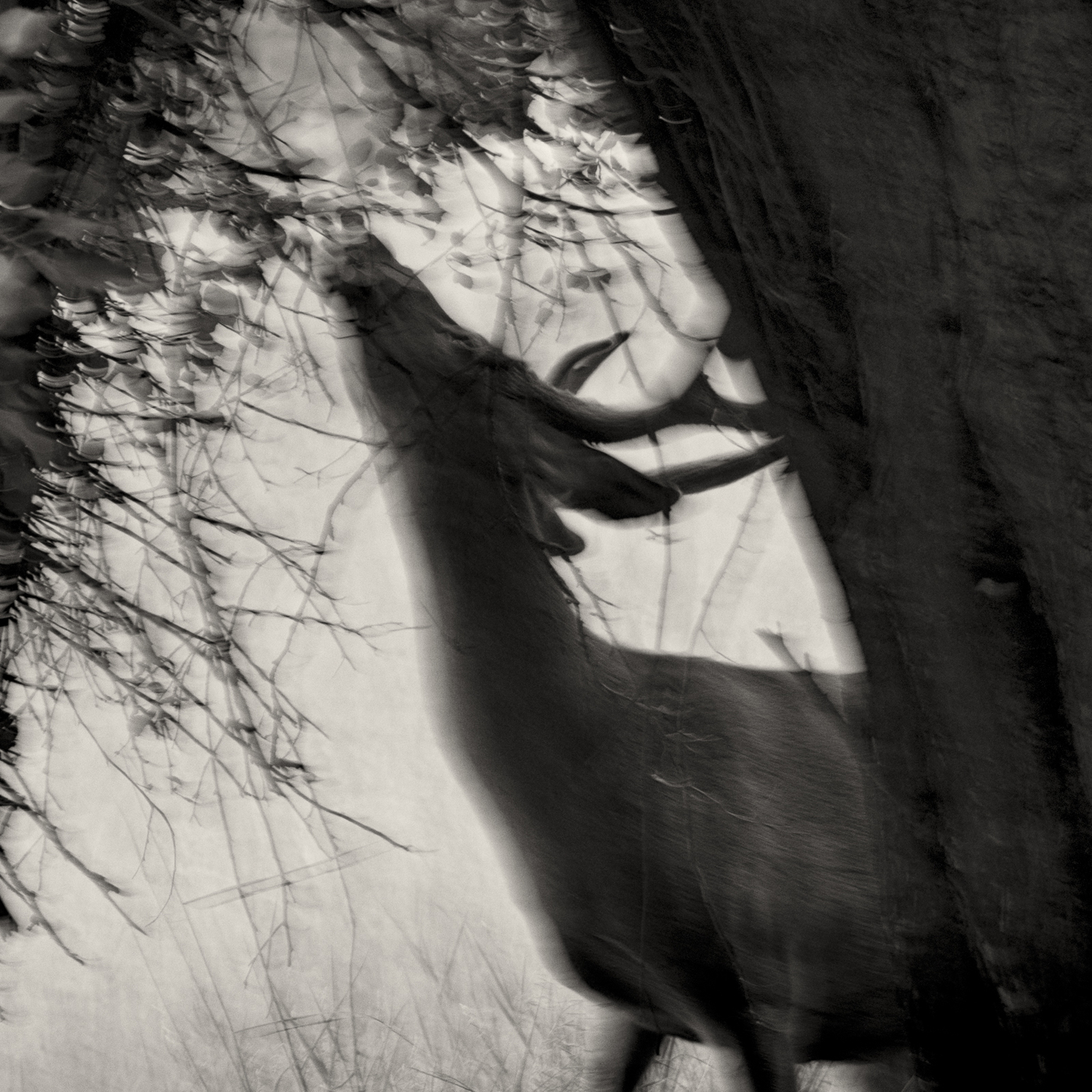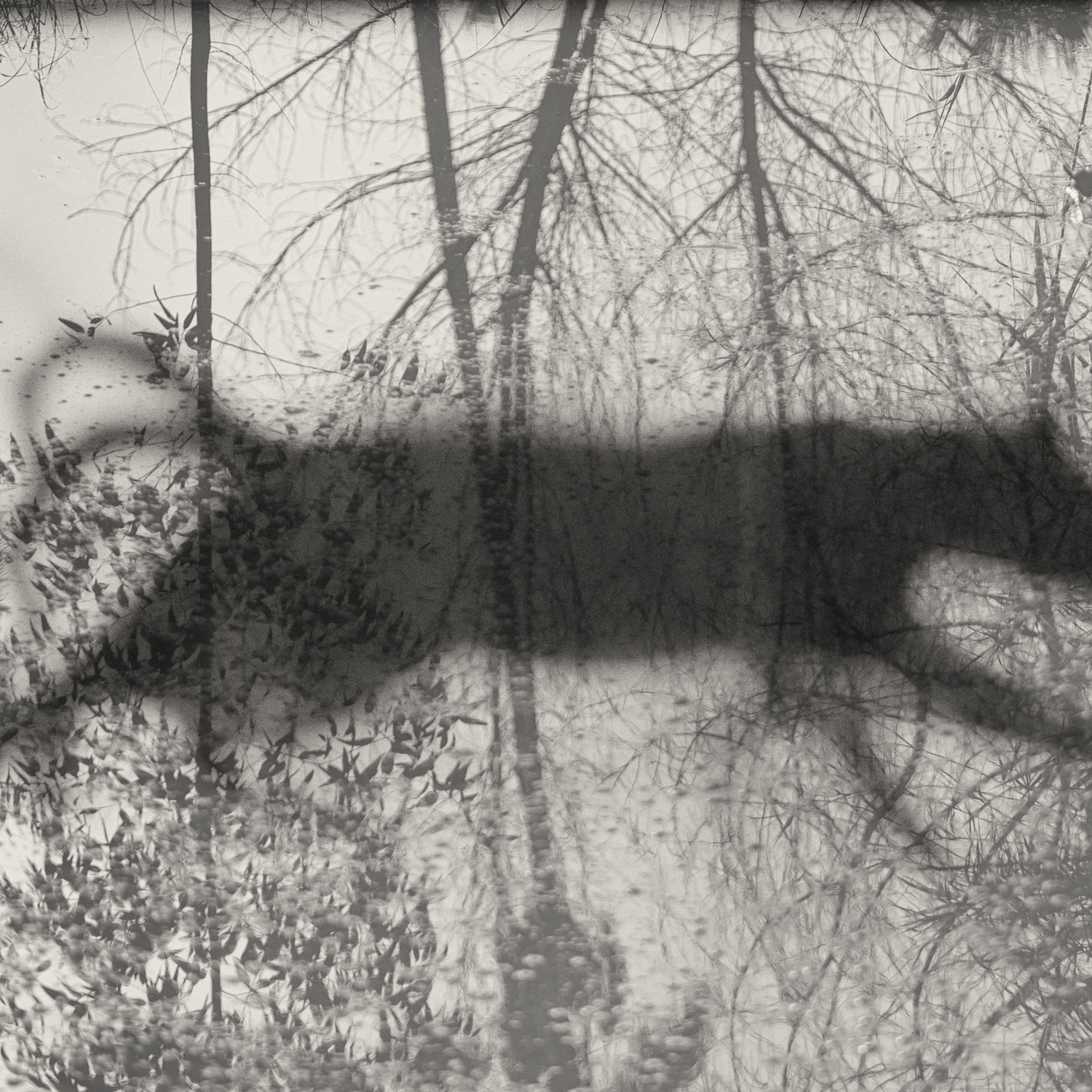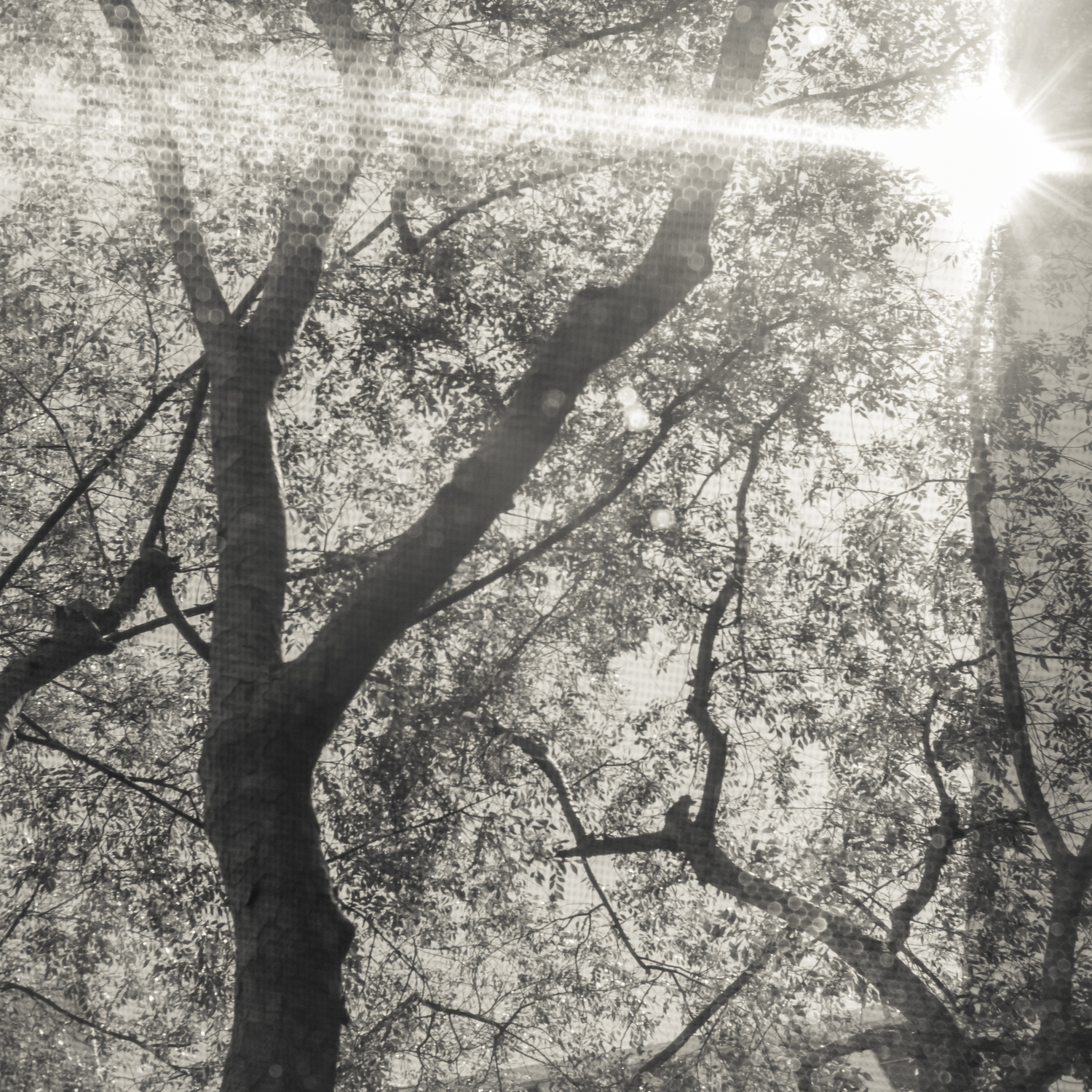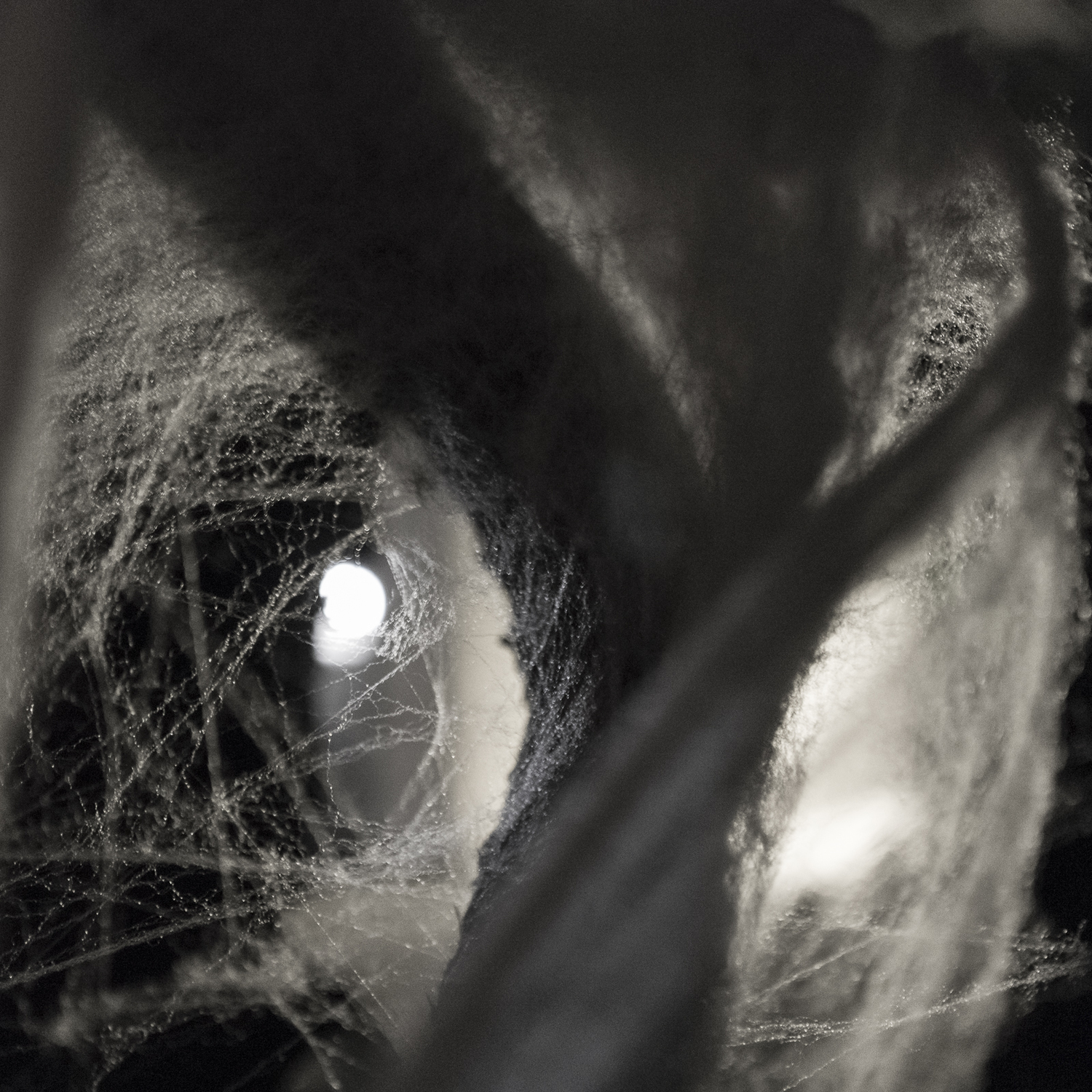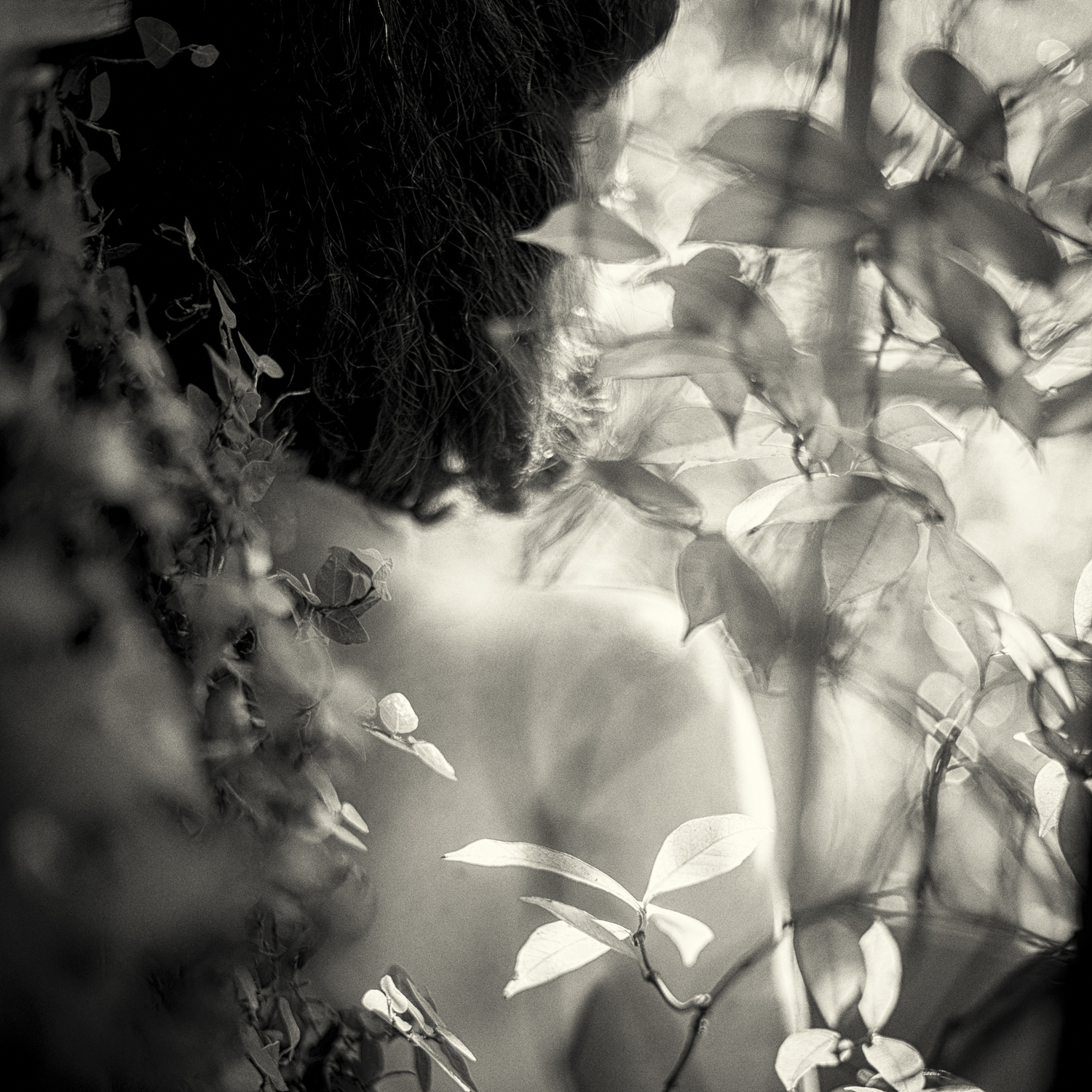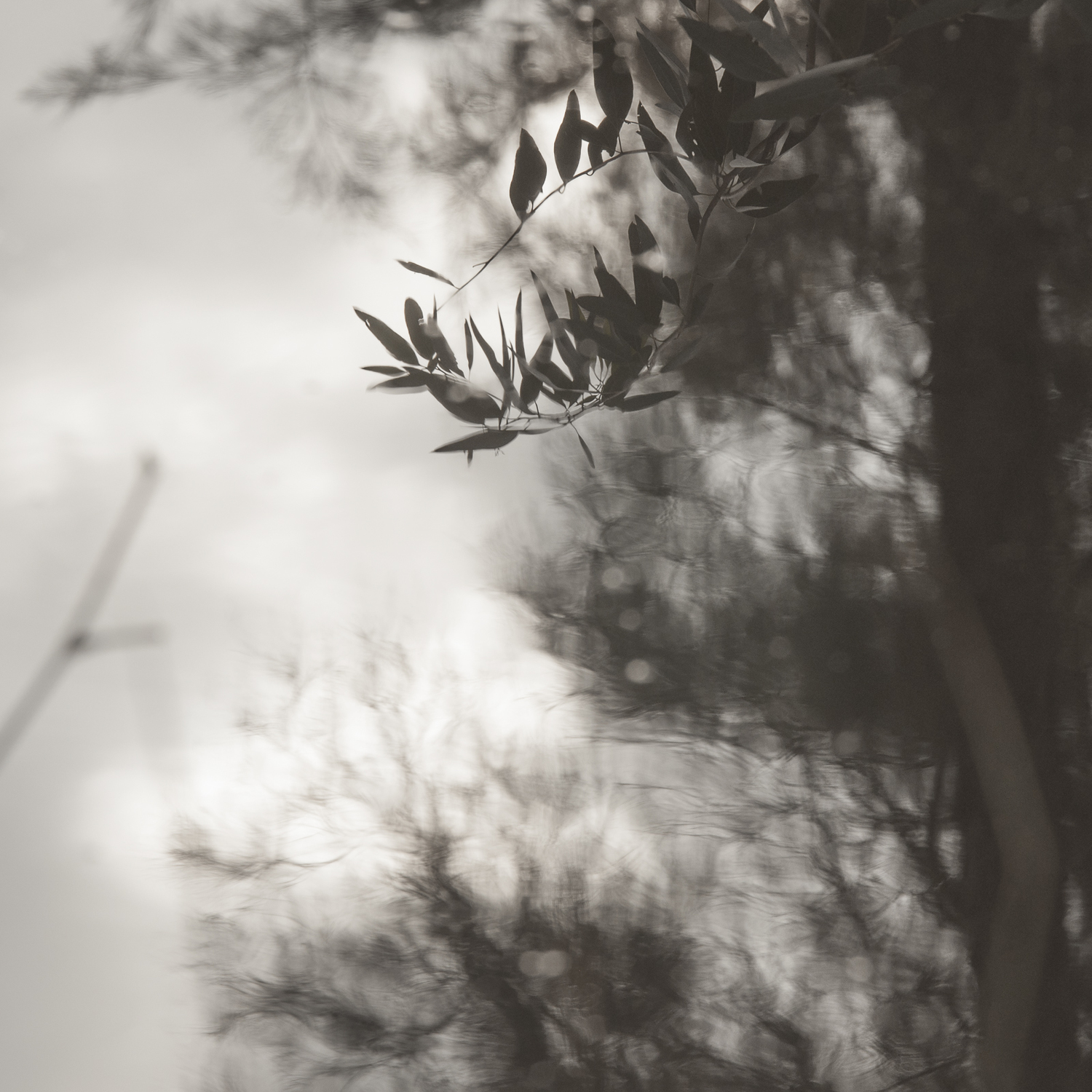Last Updated on 11/11/2021 by Chris Gampat
This is a syndicated blog post from Women in Photography. It and the images here are being used with permission. All images by Amy Kanka Valadarsky. All text by Nicole Struppert.
If you haven’t checked out Nicole Struppert’s new blog called Women in Photography, then you really should. The site is dedicated to featuring, well, women in photography. But it also focuses on delivering and showcasing incredible work.
In this post, Nicole features the work of Amy Kanka Valadarsky. Check it out!
Hello Amy, tell our readers a little bit about yourself.
If you had asked me this question four years ago, I would have replied I am a software engineer, three years ago the response would have changed to “Goldsmith“, now I dare say I am an artist.
I am an only child; my mom was a highschool teacher and my dad an engineer. Growing up in a home where education and pragmatism were kings, the only relevant career path for me seemed to be medicine, engineering, or law. For a short period I entertained some thoughts about architecture, but these were cut in the bud by remarks like “and how will you make a living?”…I was always good at math (I would better be with my mom a math teacher …) therefore studying Computer Science was the easy path to take, a path I followed for the next 25+ years. One day, in my late forties, I realized home runs smoothly, children have grown up, and my life centers for 20 hours a day, 7 days a week around emails, meetings, and flights around the globe. It was at this point that I decided I want something more, and registered for an online class of jewelry design. This class led to 3 years of Goldsmith studies…and the rest of the story continues in the next answer…
When did you first become interested in photography as a mode of expression?
In order to sell my jewelry online, I had to photograph it. Very quickly I realized my photos were not good enough, and the ones taken by experienced photographers, were technically great…but were not a true expression of me. I started to shoot obsessively, determined to improve technically as well as capture the essence of my pieces, not just their details.
For my 50th birthday by husband booked us on a photo art trip to Venice, Italy. This was the first time I experienced the world as seen through the lens … and I fell in love.
Your submitted photos of your project „Misthaven“. How and when did you get the idea for this project?
I think it is a bit the other way around, the idea found me…As you can see from my work, nature was always at the core of my art. I took me a while to realize that when I photograph nature, I am looking for reflections of my internal world rather than beautiful flowers. The same realization struck me when I was shooting nude models. While everyone was looking for the best angle to capture the models, I was looking for images expressing the excitement and fear of being fully exposed. When I was processing the images from this shoot, the story was staring me in the face. This was the beginning of “Misthaven“, my enchanted forest.
Your images are very poignant and well composed. Do you first look for a framework for the composition or do you use your instinct?
A little bit of both. When I select a particular angle, I work by instinct, but once I find it, I start composing the image shifting positions slightly until the frame and especially the light are right. In „Misthaven“, I discovered how the square format crop can further strengthen the composition.
Why did you choose to photograph in B&W?
I always shoot in color. At first, I look at the images, and I am captivated by the color. It is only later, when I start piecing the images into a story, that the color becomes a distraction. It draws attention to itself, focusing the eye on the physical rather than the symbolic. That’s when I start looking for the right way to translate the image into B&W.
How did you cultivate your sense of composition?
I have no doubt that some of it is the imprint of the very classic education I received, traveling with my parents throughout Europe. When others visited amusement parks, I was spending hours in the greatest museums of London, Paris, Rome, Madrid, Athens getting acquainted with Rembrandt, Rubens and the Impressionists. Van Gogh was my dad’s favorite artist, Rembrandt was my mom‘s.
Since I became interested in photography, I am immersing myself in the work of the best photographers I can find. This goes very well with my obsession of books … I have a mini library of photography books now.
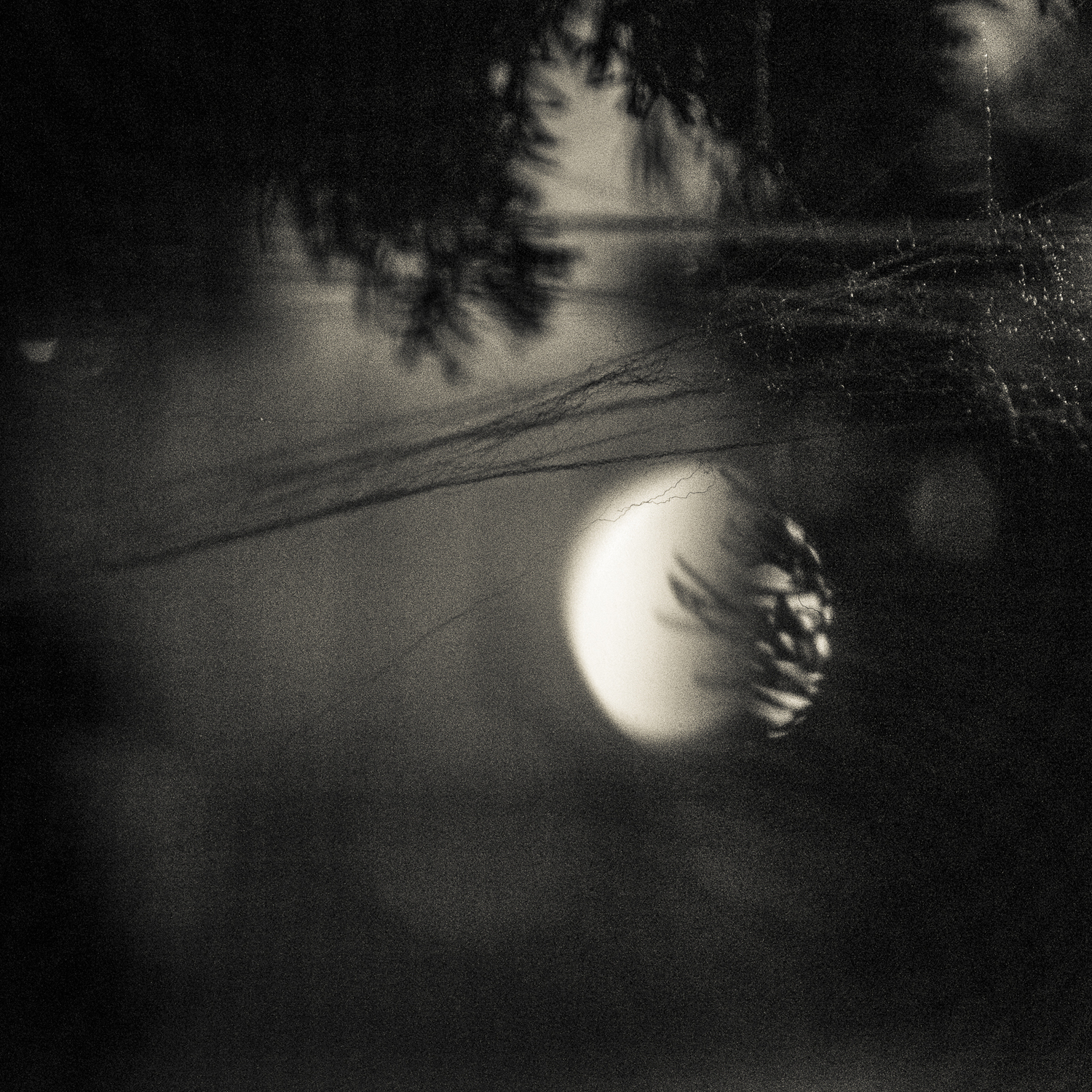
On your website, you can find a lot of inspiring quotes. In which way have poetry or paintings influenced your photography?
I think the biggest influence paintings had on me is in the understanding of how light can turn the most mundane setting into pure poetry. Rembrandt’s portraits, Van Gogh „Potato Eaters“ and Monet’s haystacks are some of the most beautiful images I have ever seen.
As for poetry, about a year ago, when I was preparing for my first trip to Japan, I encountered the Haiku form of poetry and became a big fan of its simplicity and depth. I am far from being able to achieve this clarity in my imagery yet, but this is something to strive for.
What do you enjoy most about being a photographer?
The freedom to experience the world on my terms and at the same time getting to know myself better.
The luxury of getting up in the morning, see the sun shining through the morning mist, forget all the things on my to-do list grab the camera and lose myself in the light. A couple of hours later, the to-do list is still there, but I am a much happier person.
How do you see your photography evolving over the next years?
I hope I will never stop learning, never stop experimenting. I want to look back at the work I have done in the last 6 month and feel this is my best work yet, and the next one will be even better. I think at some point, color will reappear in my images, but for now it is waiting patiently in the shadows.



